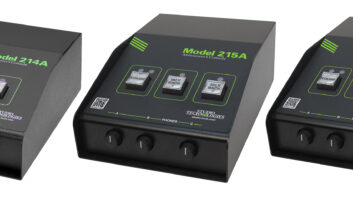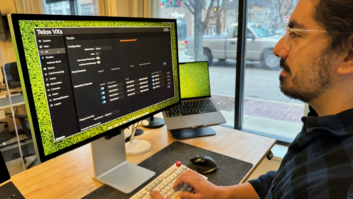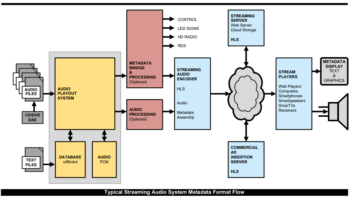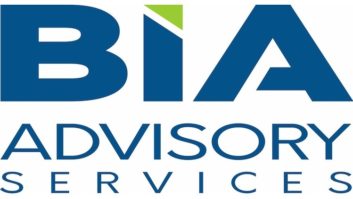A Geo-Coding Use Task Group of the National Radio Systems Committee has been exploring how to expand location-based services for radio data broadcasting. Now, the full NRSC has issued a Request for Proposals on the topic, hoping to identify more services that use geo-tagging and location-based service protocols.
HD Radio and FM analog-based RDS are already being used to disseminate traffic information, which is one type of location-based service. The NRSC hopes to build on that and find other such services to form the basis for future NRSC standards and/or guidelines. Several case studies are described in the RFP to developers, called: “Location-based Services Protocols for Broadcast Radio Transmission.” They range from uses like specific, detailed targeted advertising, to narrowly targeted public emergency warnings, to navigation system enhancements — all delivered by radio transmission over personal devices.
NRSC representatives told Radio World at the spring NAB Show that the idea is to have radio station icons — or other relevant information — pop up on a navigation map on a user’s portable device, for example, when driving or walking through a particular area. The NRSC is looking at the underpinnings of the technology and trying to figure out how to do it efficiently with both FM RDS or HD Radio technology. “We need to have live geo-coded systems other people are using,” they said, pointing to the need to keep radio relevant to consumers.
NAB EVP/CTO Kevin Gage called local radio “an ideal platform for the delivery of location-based services,” while Dave Wilson, CEA director of Technology and Standards, said they’re increasingly popular and useful for consumers across many platforms.
Responses to the RFP are due Oct. 15, though the standards-setting group would not necessarily exclude late submissions. The NRSC hopes any system submitted for consideration has already been lab and field tested, with test procedures submitted also.
The Digital Radio Broadcasting Subcommittee, co-chaired by Andy Laird, vice president and chief technology officer, Journal Broadcast Group, and Mike Bergman, vice president of new digital technologies, Kenwood USA, released the RFP.
The subcommittee’s Geo-coding Usage Task Group, chaired by Mike Starling, vice president, CTO and executive director, NPR Labs, developed the RFP.
— Leslie Stimson












